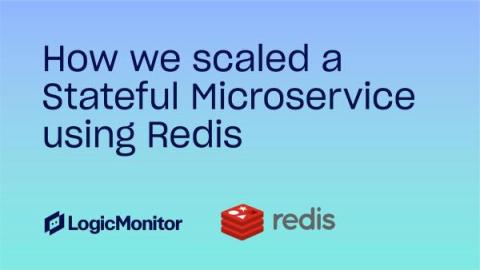What is the difference between unsupervised and supervised learning in machine learning?
Machine learning affects nearly every aspect of our daily lives. To understand how this technology works and how you can use machine learning, it’s necessary to know the difference between unsupervised and supervised machine learning. The following are essential points regarding the different aspects of unsupervised and supervised machine learning.











